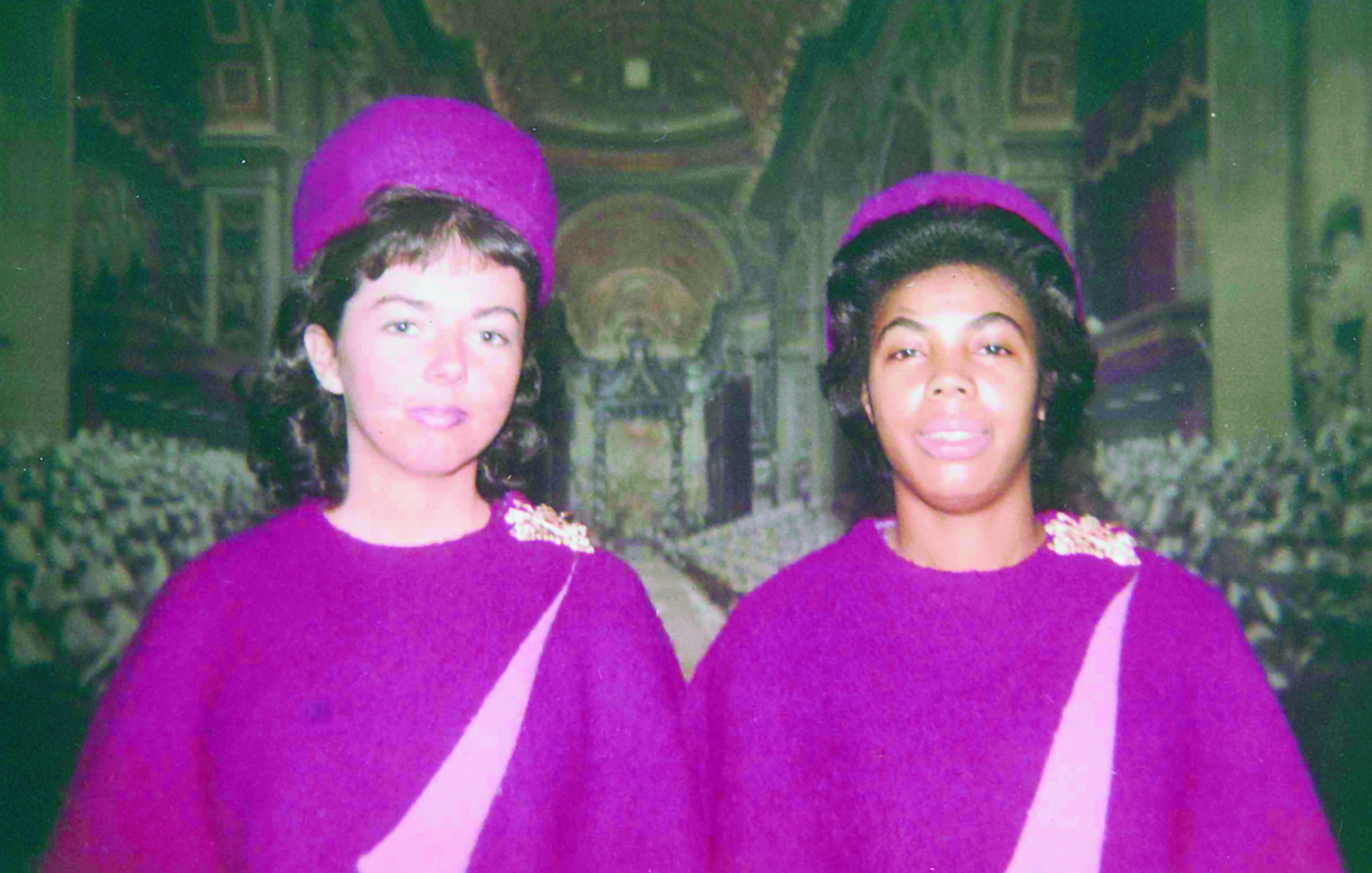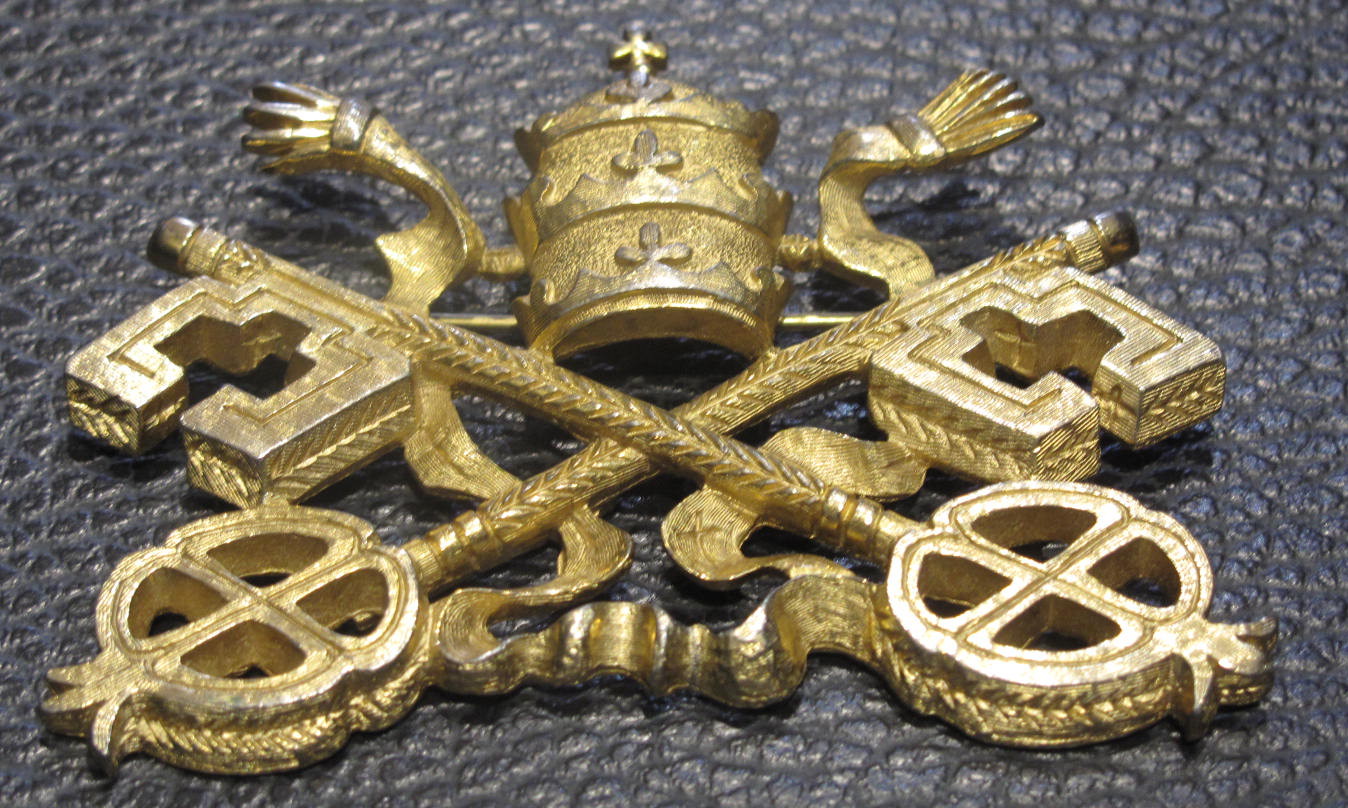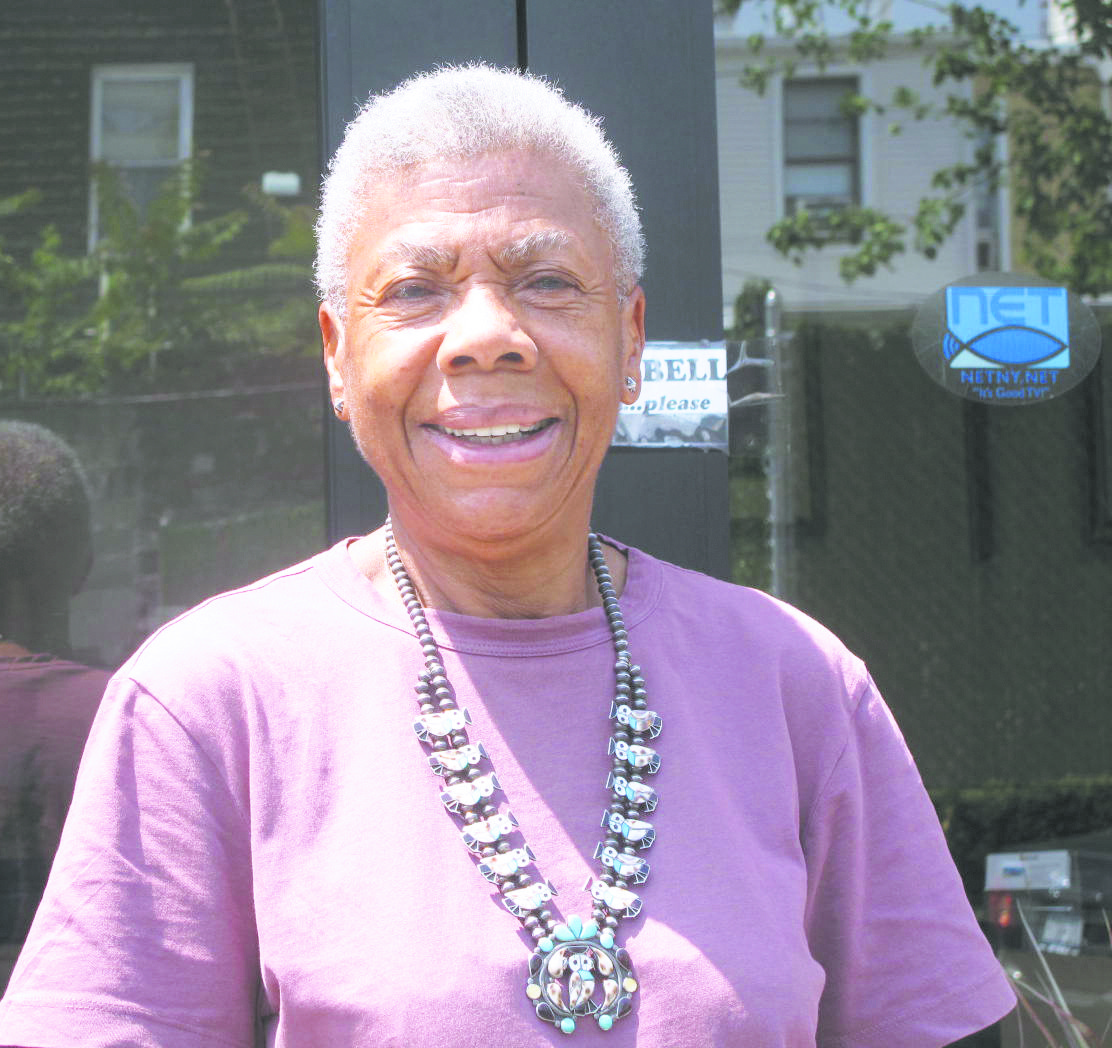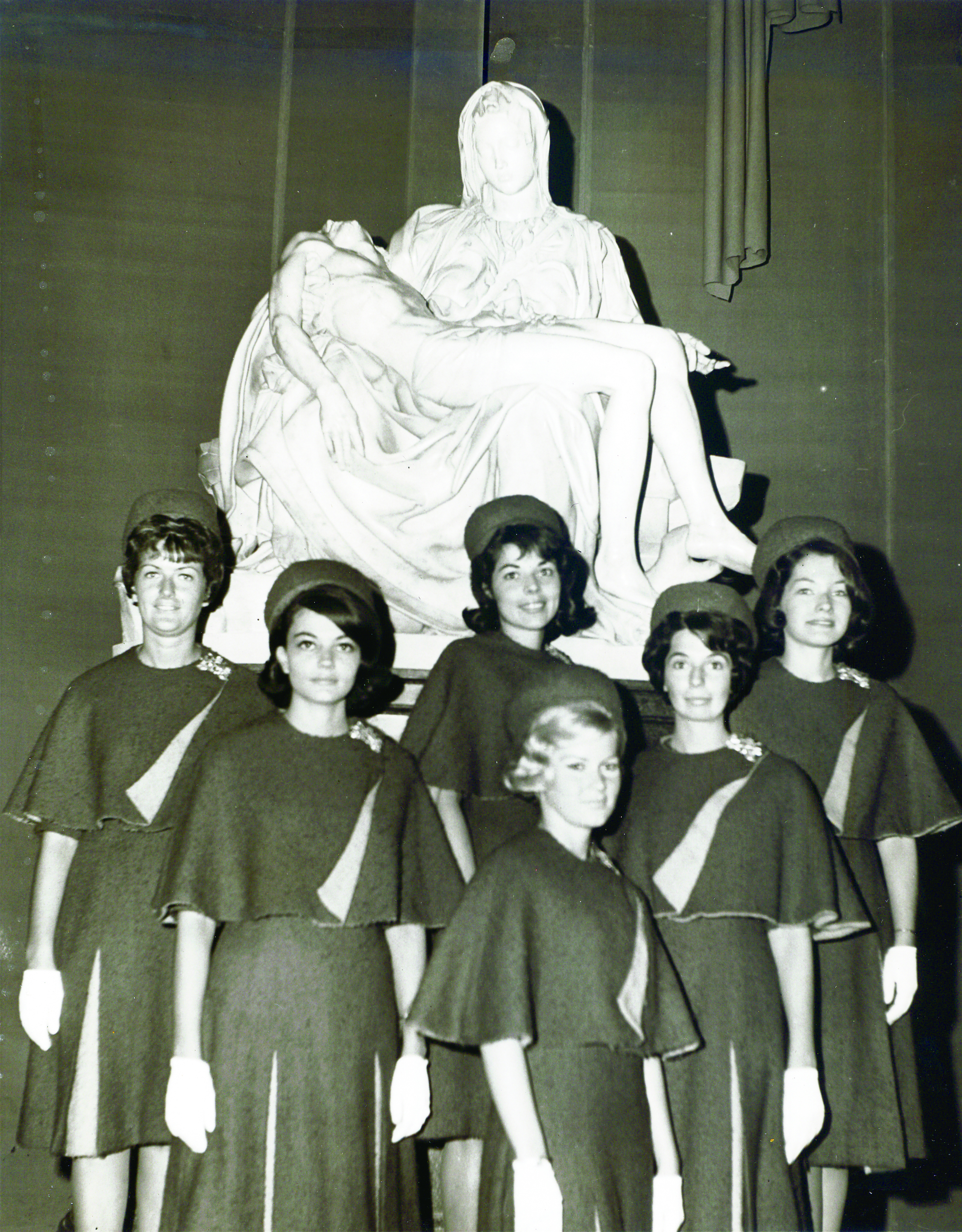By Antonina Zielinska
Fifty years after she landed a summer job that put her face-to-face with Michelangelo’s Pieta and the pope himself, Joan James still smiles when speaking about her time at the Vatican Pavilion in the 1964 World’s Fair.

James, a black schoolteacher who was born and raised in Brooklyn and graduated from Catherine McAuley H.S., Flatbush, said the ’60s was a particularly historic decade. The civil rights movement was gaining momentum quickly, and the country was recovering from the assassination of President John F. Kennedy. The world, and people’s understanding of it, was changing rapidly.
However, James said she did not at first realize the importance of the complex that was quickly emerging in Flushing Meadows Park. She wanted to go to the fair, but she figured she would go toward the end, when the crowds would subside.
She changed her mind when a friend called her up urging her to apply for a hostess position at the Vatican Pavilion during the summer break and gave her a name and number. She said curiosity got the best of her, especially when she found out that the Pieta would leave the Vatican for the very first time to be placed in the pavilion.
Cultural Diversity
When she called to apply for the job, she was informed that all the positions had been filled. It wasn’t until her friend called her again that she found out why she was urged to call. The Vatican Pavilion, her friend explained with hesitation, was looking for African-American hostesses to better represent the cultural diversity of the Catholic Church.

James thought it would be a privilege to represent the Catholic African-American community. She wanted to help show that the Church was comprised of a diversity of people. So she called back, and this time was asked to come in and got the job.
She was required to learn all about the artifacts that were on display in the nearly 10 rooms of the pavilion. She had to read “The Agony and the Ecstasy,” the biographical novel of Michealangelo written by Irving Stone. Shooting for the film of the same name had just finished, and the Sistine Chapel set was in the pavilion.
Visitors to the pavilion would take a tour through the rooms that would end in the life-size set that had a replica of Michelangelo’s ceiling. The hostess, wearing cardinal-red outfits, would use pointers to tell visitors all about the ceiling.

In fact, visitors had more time and information available about the ceiling than if they went to the Sistine Chapel in the Vatican, where photos are not allowed and people are asked to move on quickly.
Visitors were also able to better appreciate the Pieta. James said she went to see it in Rome after she worked in the World’s Fair, but it did not nearly have the same effect tucked away in St. Peter’s Basilica.
“To see it in person up close – it’s magnificent,” she said. “You had the feeling that [Mary and Jesus] were going to move.”
Visitors at the World’s Fair were able to see the statue while standing on a moving walkway, which was an attraction in itself because most people had never before seen such technology.
James said that many people left the pavilion with a new understanding of the Catholic Church. Catholics learned more about their history and heritage, and non-Catholics saw the institution from a new light, she said.
Celebrities and world leaders were among those who came to the pavilion for tours. The hostesses gave tours to bishops, actors and politicians. Pope Paul VI also stopped in to see the pavilion during his trip to New York. He gave the pavilion employees a special blessing.

